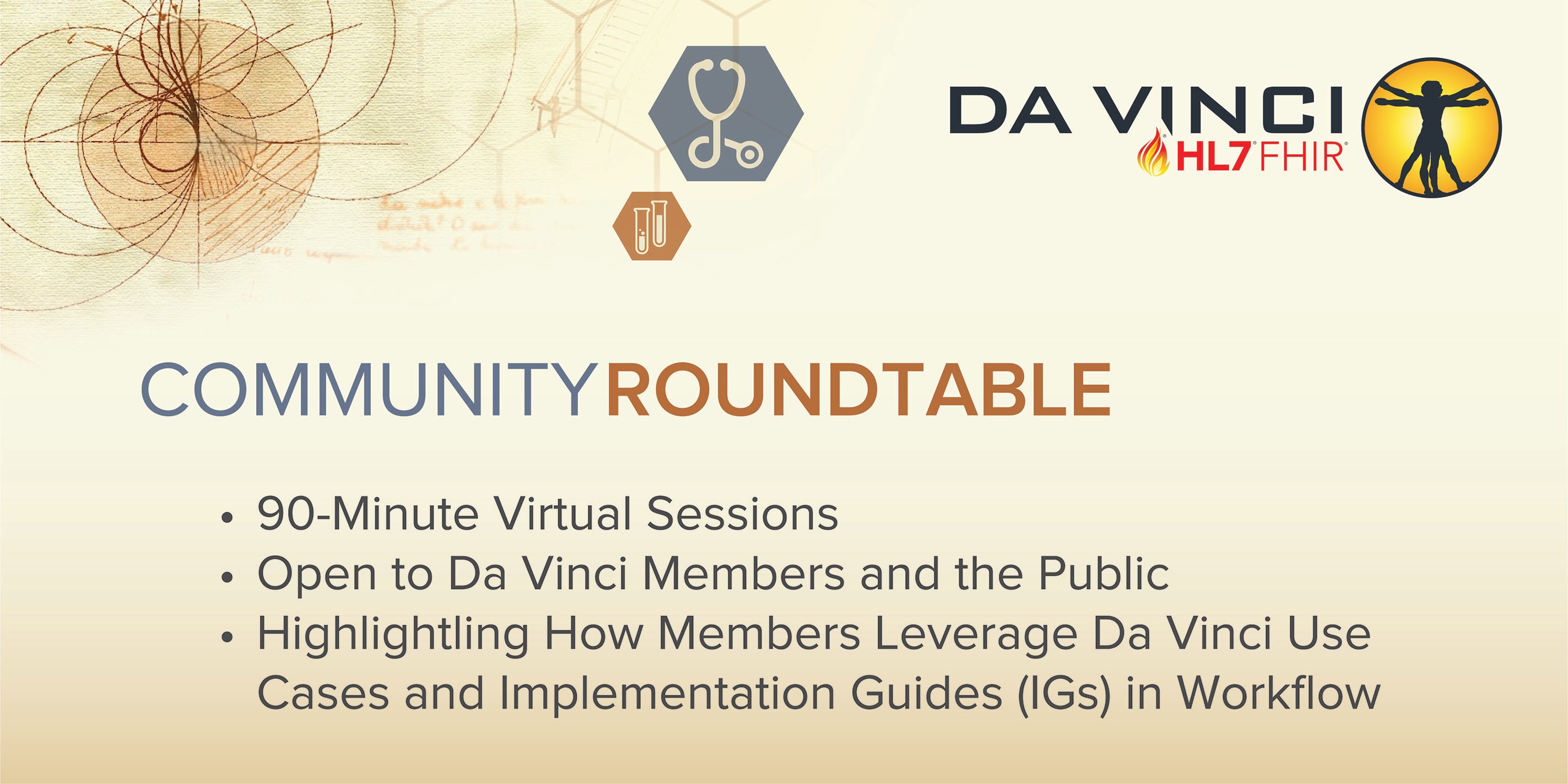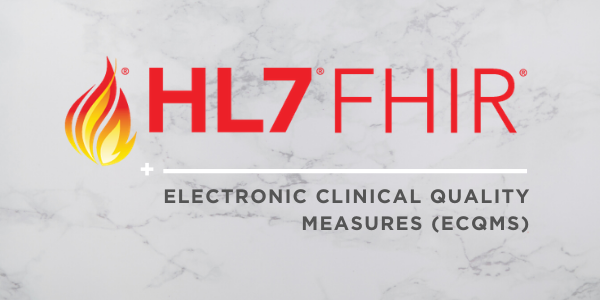Anthem, Cedars-Sinai, and CareEvolution to share on project to implement Data Exchange for Quality Measures and Event Notification on Wednesday, October 28
Like peeling back the layers of an onion, exchanging information to support value-based care involves complex data challenges for providers and payers alike.
That’s particularly true when it comes to navigating essential communications between providers and payers, using that dialogue to better coordinate care and achieve the best possible results for patients.
Two key areas that challenge everyone is ensuring that quality measures are met and that everyone in the chain is on the same page when it comes to events. Typically, these are hard for all parties in sharing relevant information.
HL7’s Fast Healthcare Interoperability Resources (FHIR®) standard offers an approach that everyone can use to facilitate data exchanges. In an upcoming community roundtable scheduled for 4 to 5:30 p.m. ET on Wednesday, October 28, HL7 Da Vinci Project members Anthem, Cedars-Sinai and CareEvolution will discuss their efforts to put implementation guides for Data Exchange for Quality Measures and Event Notification in place.





